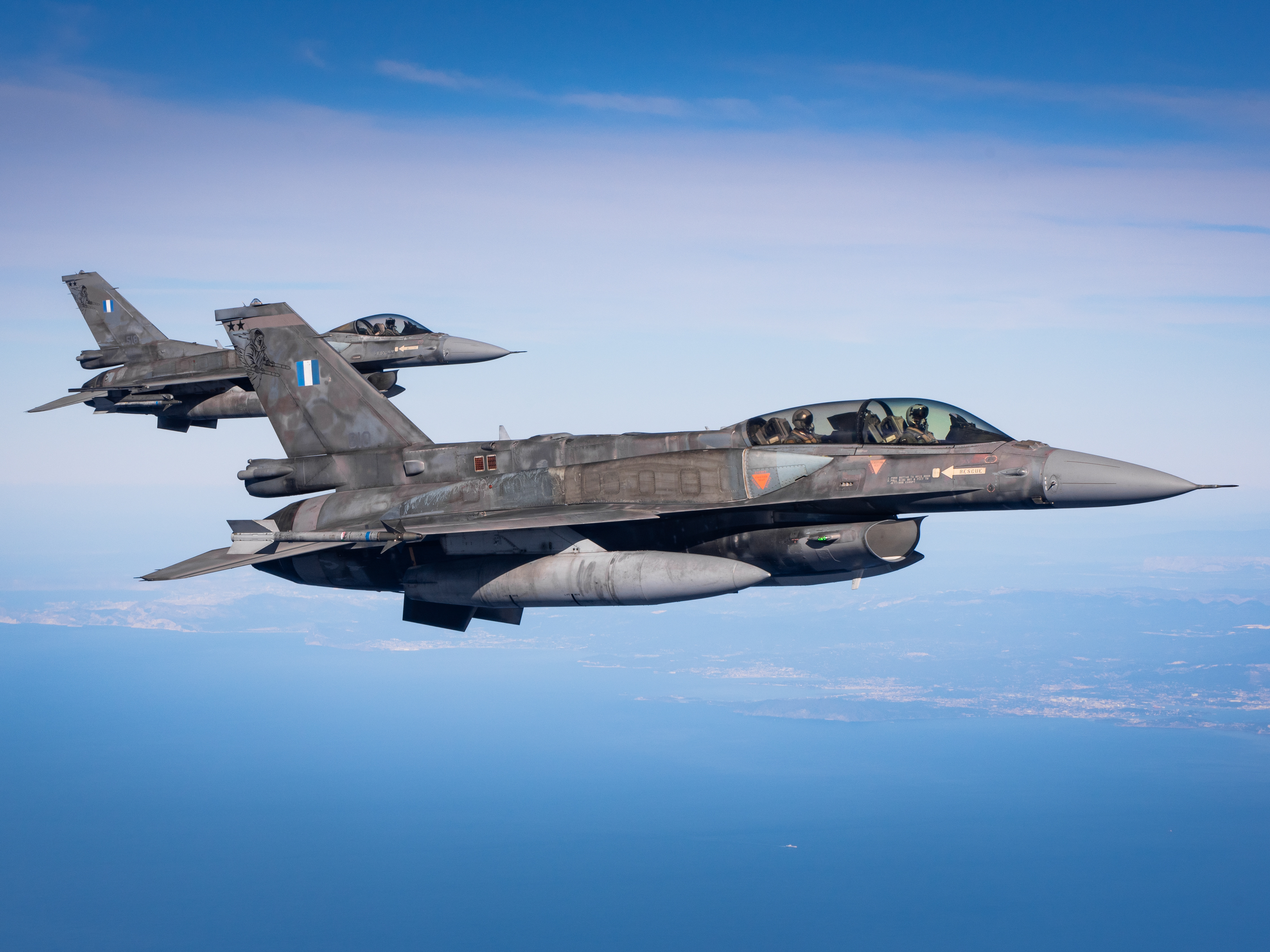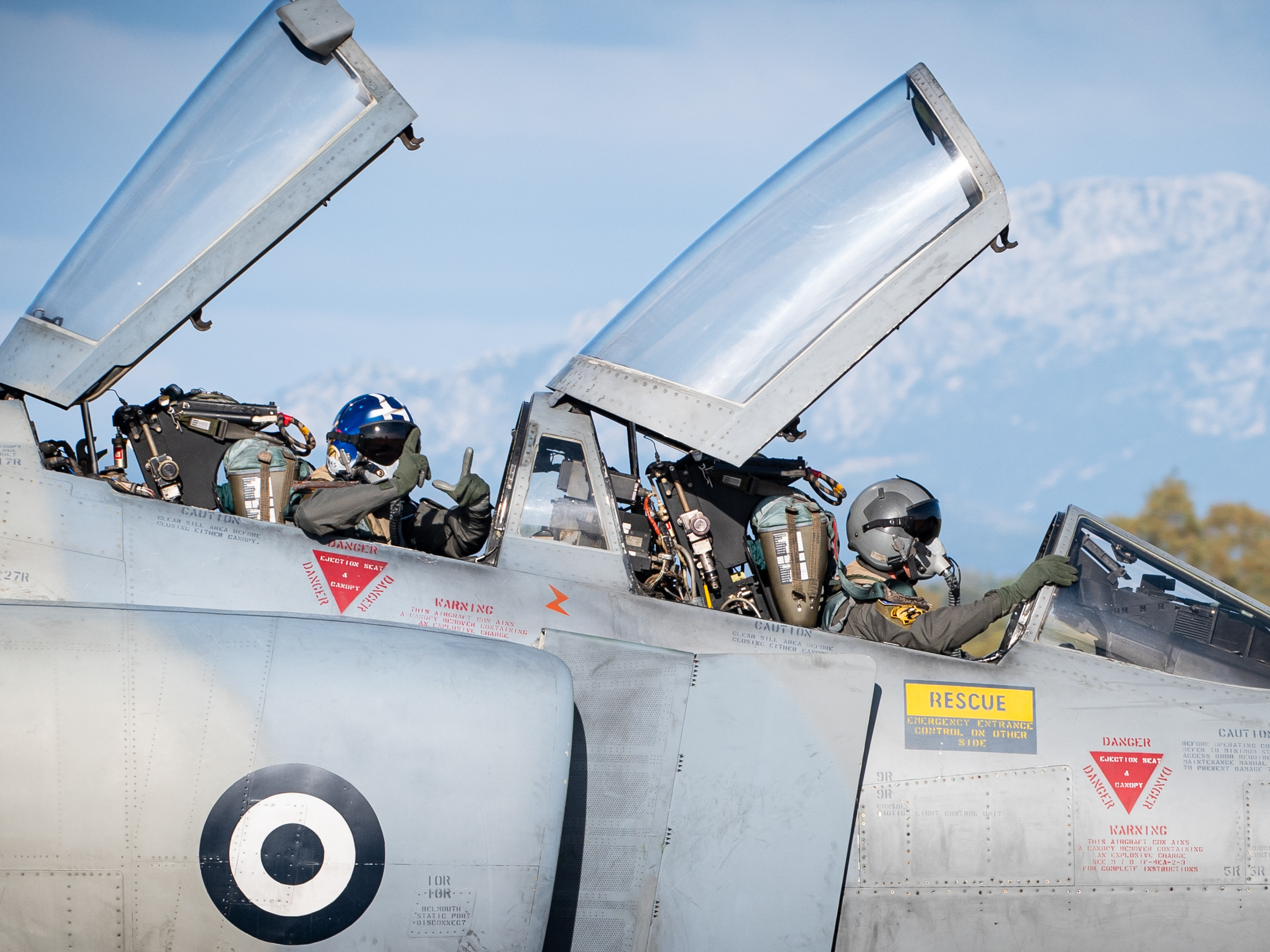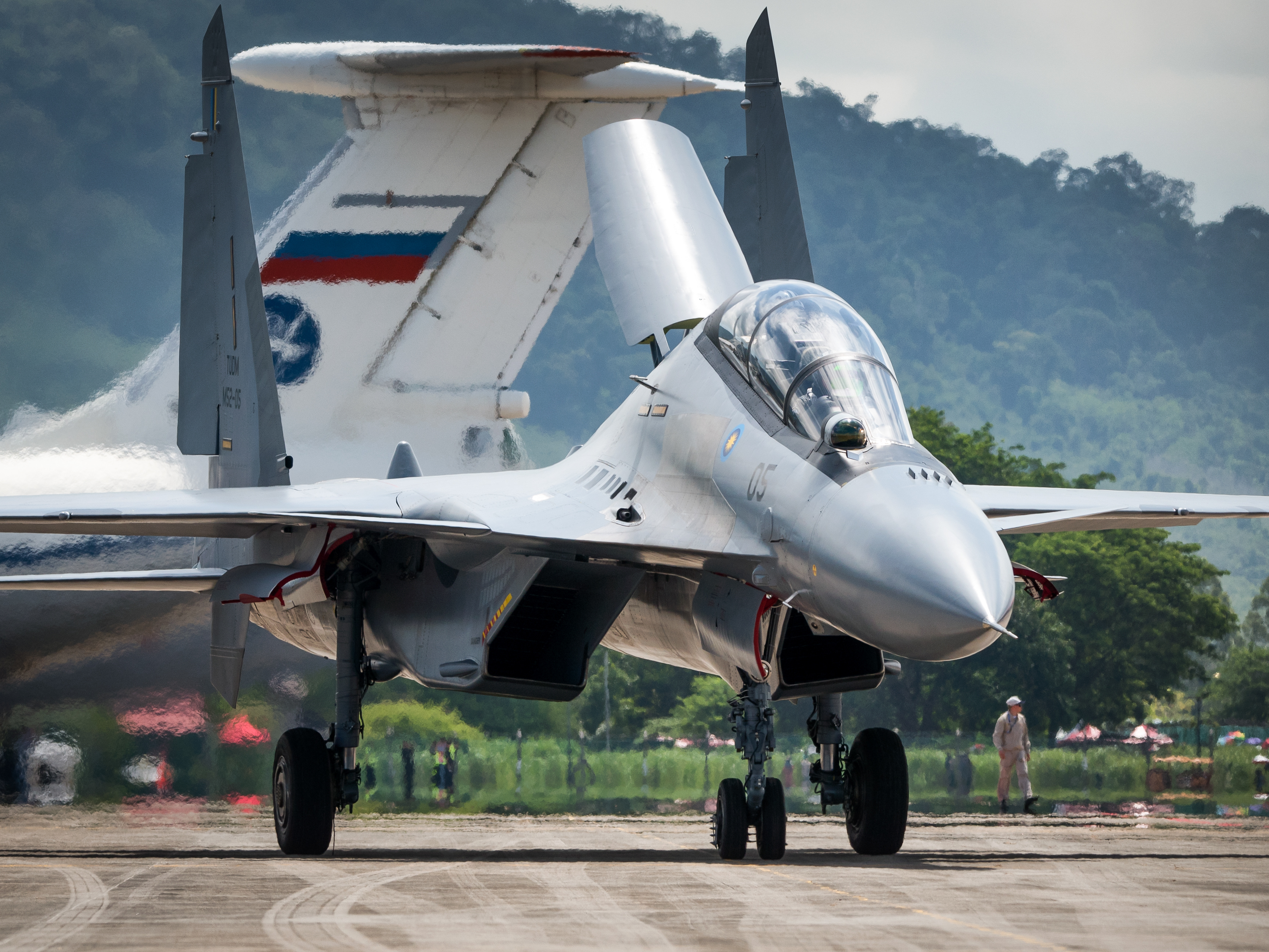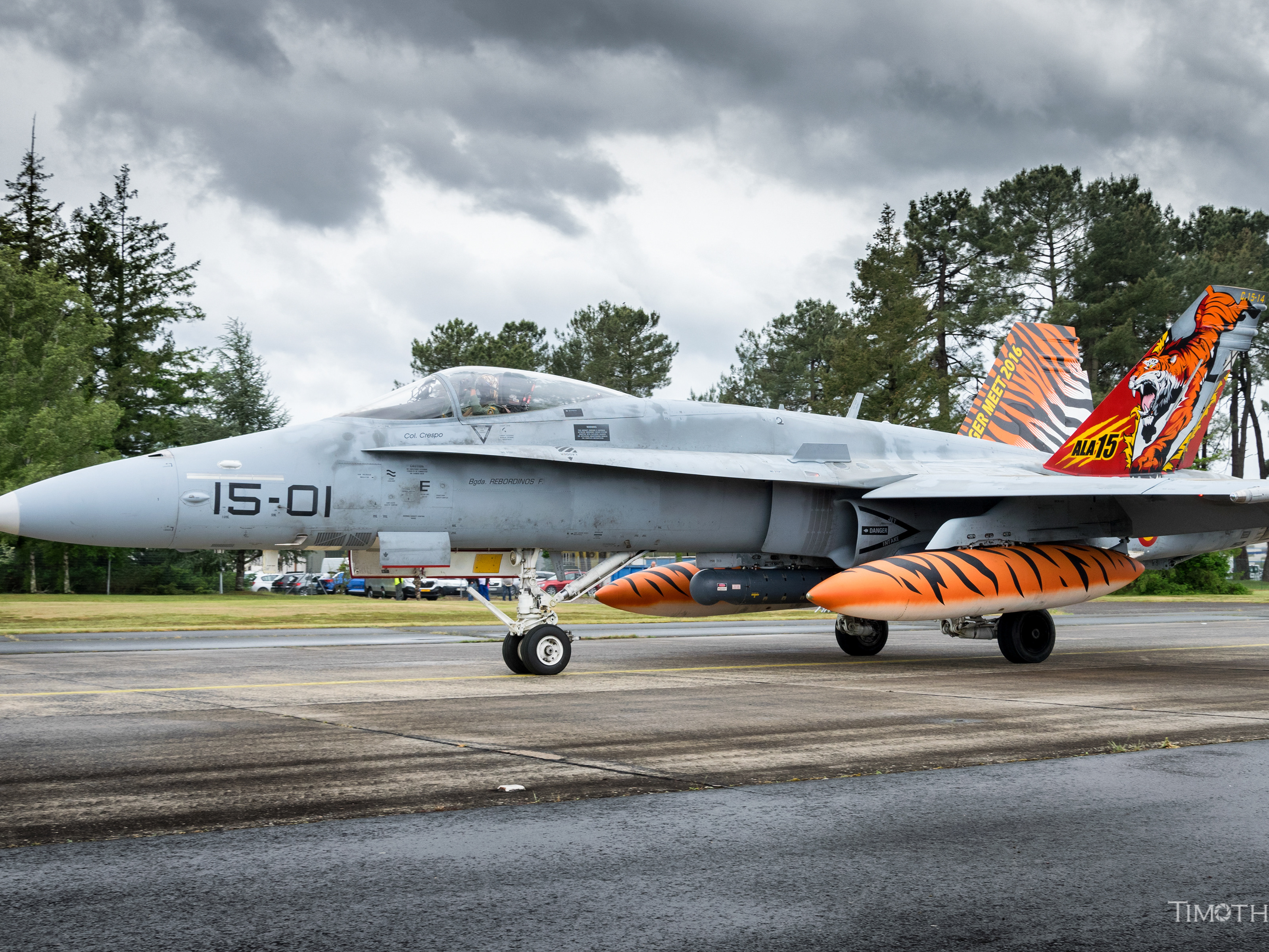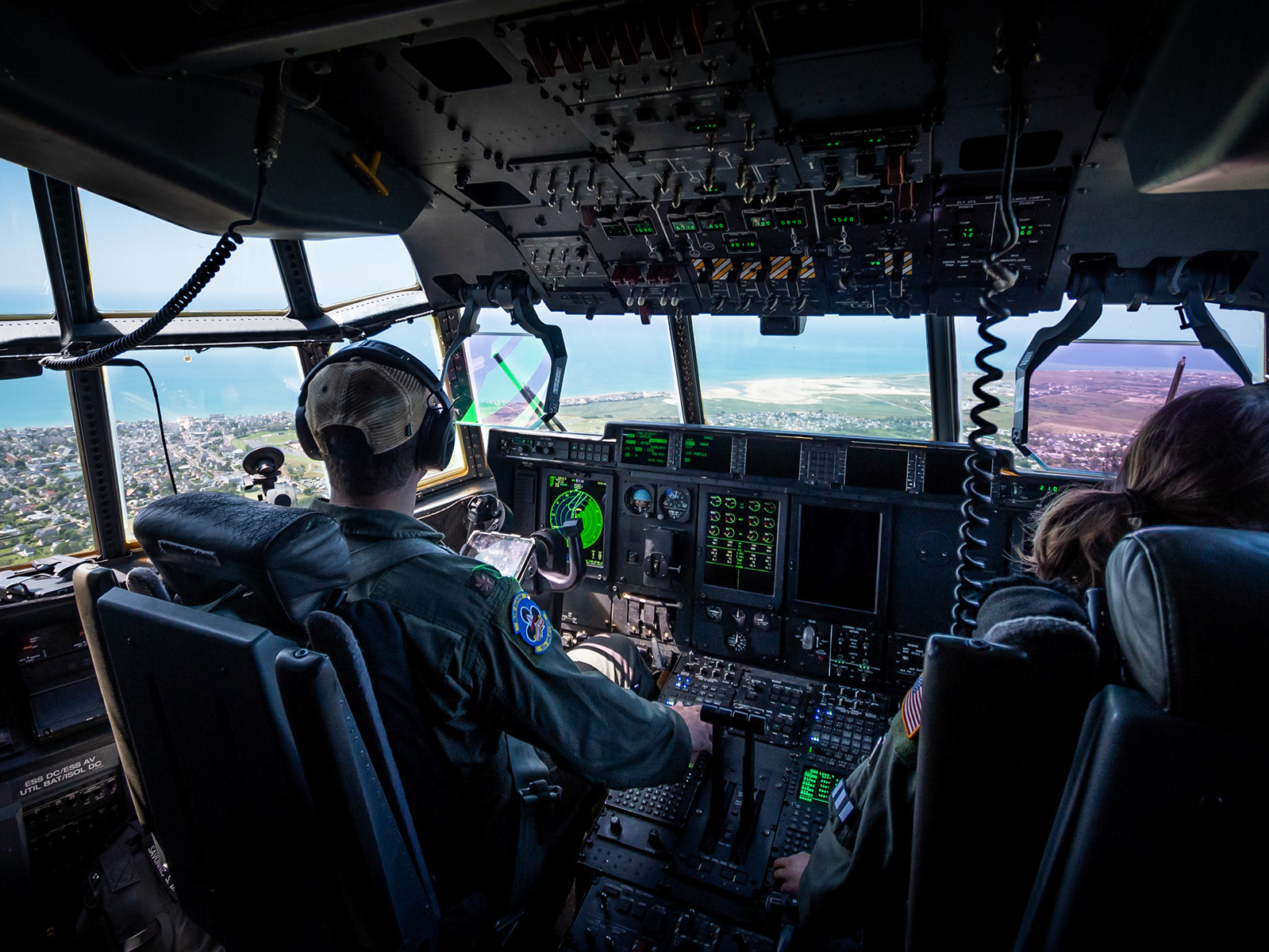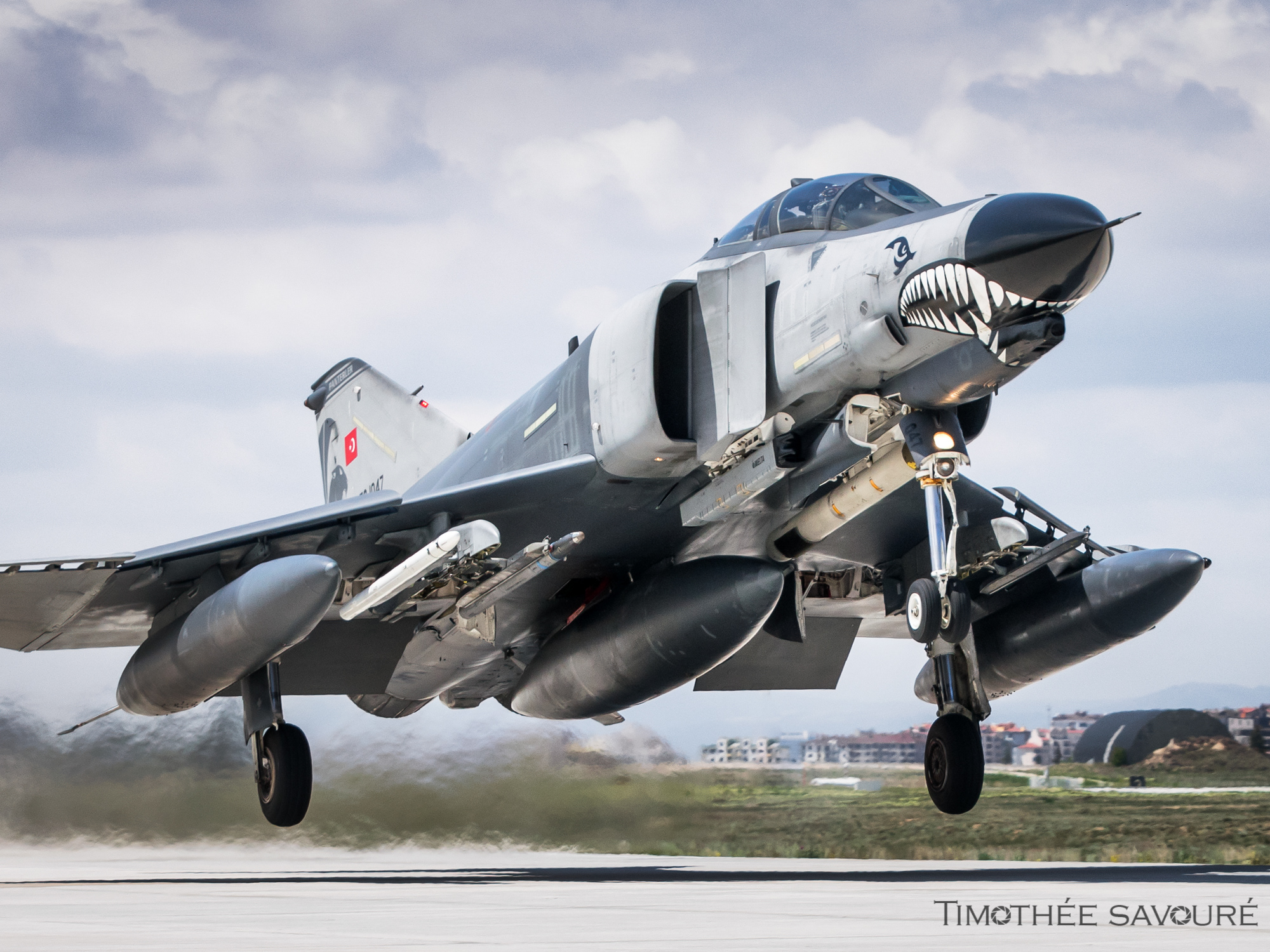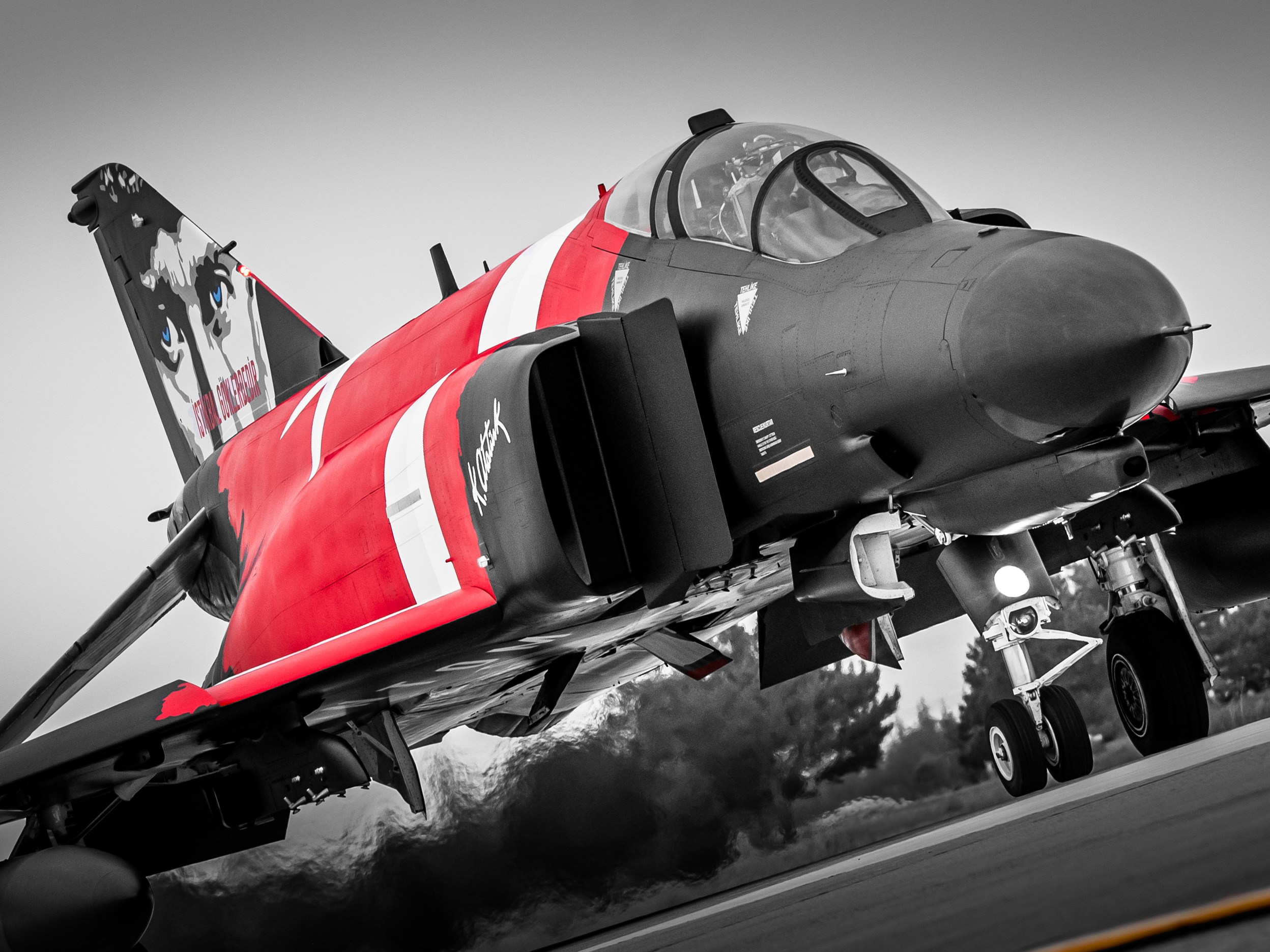Bastille Day is the name of the French national day, established in 1880 to commemorate two events: the storming of the Bastille prison on July 14, 1789 (a key moment at the start of the French Revolution, symbolizing the uprising of the people against royal authority) and the Fête de la Fédération on July 14, 1790 — a celebration of national unity held one year later, seen as a more peaceful symbol of the new Republic. The first military parade was held at the Longchamp Racecourse in 1880, and the Champs-Élysées became the main venue starting in 1919, just after World War I, making it the iconic site we recognize today. After a one-year hiatus due to the 2024 Olympic Games in Paris, which had led to an modified format and schedule, the traditional July 14th military parade returned to its usual form for the 2025 edition. The July 14th flypast takes place in two main phases. It begins with the passage of aircraft, followed by a parade of troops on foot, before continuing with the helicopters.
The 2025 aerial parade
Traditionnally opening the parade, the airplanes fly box after box over Paris, from La Défense business district to the "Place de la Concorde", where the presidential tribune is. As always, the 2025 edition was opened by a flypast of the Patrouille de France, nicknamed La Grande Dame (The Great Lady). Then 60 French and 7 allied aircraft followed, each box separated by 40 seconds from the previous one, flying around 300 knots for the fast jets, and 180 knots for the slower aircraft, at an altitude of around 1000 feet.
In 2025, the first tableau highlighted French air defense celebrating its 80th anniversary with an impressive set of French Air Force aircraft (E-3F AWACS, Rafale B, Mirage 2000-5, Rafale C) as well as Spanish, Italian, German and British Typhoon, a Belgian F-16 and a Swiss F18. Airborne deterrence was the second tableau, demonstrated by a Boeing KC-135 tanker accompanied by four Rafale B. This tanker aircraft was retired this summer during a ceremony on June 30th in Istres (you can find Jet Blast Area's report about this aircraft here: The last French KC-135s). The next box, representing air superiority with an Airbus A330MRTT, two Rafale and two Mirage 2000, showed the ability to gain operational and technological advantage in the air and space. The CEAM (Centre d'Expertise Aérienne Militaire - Military Air Expertise Center), responsible for testing and developing new operational capabilities for the French Air and Space Force, then featured one A400M, two Rafale aircraft, and one Mirage 2000D for the air and military innovation tableau. 40 seconds later, fighter aviation training was highlighted with a display comprising Alphajets, Rafale Bs, Mirage 2000Bs, and PC-21s.
The French Navy took part to the parade with two boxes this year. The first one demonstrated its expertise in power projection and air-sea control through a show of the Groupe Aérien Embarqué (Embarked Air Group) with five Rafale Ms, one E2C Hawkeye, and one Dassault Falcon 10. The second one featured its aircraft dedicated to maritime patrol, with one Atlantique 2 and a Falcon 50.
The French Air Force then demonstrated its ability to intervene rapidly and over long distances through three separate displays: the Force Projection mission with four A400Ms, including two tankers and one Spanish A400M; the Overseas Assault and Support mission, carried out by one KC-130J, one Falcon, and two CASAs; and finally, transport aviation training with two TBM700s, one Xingu, and two SR22s. The 33rd Surveillance, Reconnaissance, and Attack Wing (33rd ESRA) will present reconnaissance and intelligence training with a Light Surveillance and Reconnaissance Aircraft (ALSR VADOR) accompanied by an MQ-9 Reaper drone.
Finally, the Sécurité Civile highlighted its role with the presentation of a Dash 8, a multi-role aircraft essential for firefighting.
Like every year, the fighter jets were all based in Evreux air base on D-Day and took-off in the morning to join their respective waiting circuits in the West of Paris and meet with the eventual tanker or transport aircraft they paraded with. In 2025 it was no less than 35 fighters which took-off one after the other, the majority being Rafale, slowly replacing the Mirage 2000 in the French Air Force. Notably, it was the first participation of the Escadron de Chasse 1/5 Vendée to the military parade since its reactivation in 2024, succeeding the 2/5 Ile-de-France squadron inactivated in 2022 - find Jet Blast Area's report here.
At the end of the military parade, after the troops, it is time for the different French army corps to present their helicopter inventory. Similarly to the airplanes, each box presented a mission of the French Air Force, Army, Navy, Gendarmerie, Sécurité Civile or Douane (customs). In total, 35 helicopters flew over Paris, at 400 feet and 90 knots. The first equipment included the French Air and Space Force with 3 Fennec, 1 Caracal et 1 Puma, and the French Navy with 1 NH-90 Caiman, 1 Dauphin et 1 Panther, as well as an Italian Navy NH-90. Then came the French Army Light Aviation - ALAT (Aviation Légère de l'Armée de Terre), the most represented air arm of the helicopter parade with 3 EC-120 Calliopé, as many Fennec, 4 Gazelle and 4 Tigre attack helicopters, 1 Puma, 2 Cougar, as well as 4 NH-90 Caimans. To conclude, the Gendarmerie presented an EC-135 and two EC-145, the Sécurité Civile flew a EC-145 and the Douanes finished with an EC-135.

AS532 Cougar over Paris with the Eiffel Tower

The cooperation between NATO air arms: French Rafale & Mirage 2000, Swiss F-18, Belgian F-16, Spanish, English, German & Italian Typhoon

SA330 Puma from ALAT over Notre-Dame during Bastille Day rehearsals

French and Spanish A400M in La Défense

Puma, Tiger, Gazelle, Fennec and Calliopé heading for Paris

Falcon 900, C-130J and CASA CN235 over La Défense
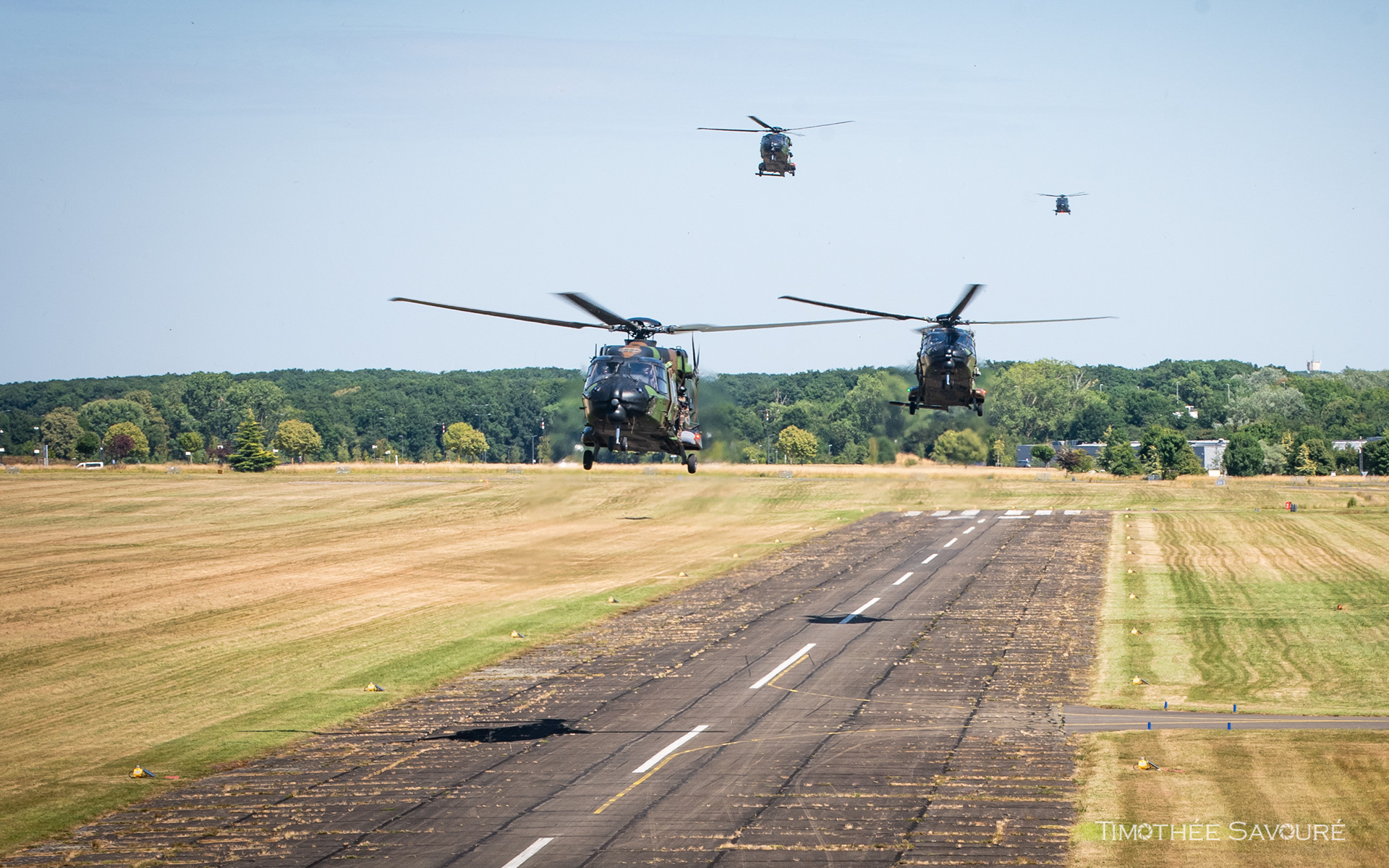
NH-90 Caiman from ALAT coming back from Bastille Day rehearsals
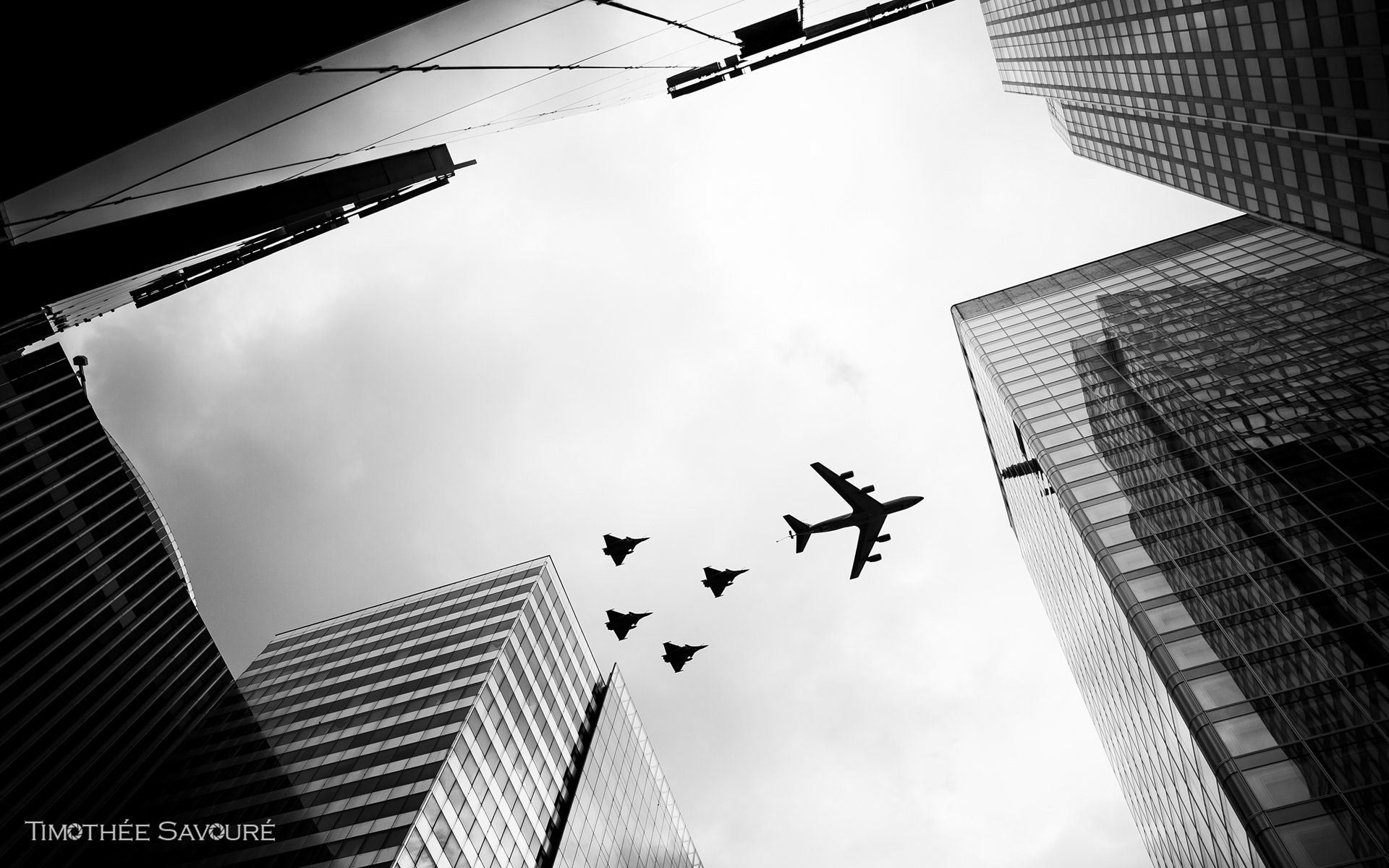
The last flypast of a French Air Force KC-135, accompanied by 4 Rafale B
A day with the French Army - ALAT
Every year, the parade is preceded by two full-scale rehearsals, in addition to numerous briefings and small-scale training sessions. The first real-life flypast usually takes place at Orléans Air Base, featuring most of the aircraft involved—at the very least, all box leaders. The second rehearsal is even more realistic and takes place over Paris itself, directly above the Champs-Élysées. This year, ALAT (French Army Light Aviation) deployed to Chartres Airfield with around twenty helicopters. Jet Blast Area had the unique opportunity to take part in the Paris flyover onboard an AS532 Cougar, within the "Medium Helicopters" box, alongside another Cougar and a Puma.
After successive deployments to Creil, Pontoise, and Saint-Cyr in recent years for Bastille Day, ALAT seems to have found its ideal location at Chartres Airfield over the past three years. This airfield, southwest of Paris, offers several advantages. First, its geographic location allows quick access to the holding areas west of Paris. Second, the high quality and good condition of the airfield’s facilities. Finally, a partnership with a local high school that houses the unit’s 163 personnel in one place. This school significantly simplifies logistics, making it easier to hold briefings and coordinate meetings with all military staff.
Each year, the ALAT flypast is led by a specific regiment. In 2025, that role was filled by the 3rd Combat Helicopter Regiment (3RHC), which handled the organization and coordination of both rehearsals and the actual parade. They showcased their inventory, including Gazelles, NH-90 Caimans, and most notably, one of the very last SA330 Pumas. This legendary helicopter, which has served for over 50 years, is nearing its retirement from French service and is expected to be fully phased out next year. This assault and maneuver helicopter—described by its crews as a real Swiss Army knife—has flown in nearly every conflict zone, thanks to its unmatched versatility. During Operation Barkhane (2014–2022), Pumas were used extensively for medical evacuations, capable of landing close to wounded troops at the front line and transporting them to airfields. From there, they would be transferred onto CN235 CASA aircraft, and later onto A330 MRTT or A400M planes bound for France if further healing were needed.
Today, only 3 to 5 Pumas remain with the 3RHC, with the last airframes soon returning from Djibouti. The 2025 parade marked the final flypast of a French Army Puma over Paris—an emotional moment, and an honor to share the sky with it during the rehearsal. Only the GIH (Joint Helicopter Group) will continue operating Pumas for a few more years, until a successor arrives.
Today, only 3 to 5 Pumas remain with the 3RHC, with the last airframes soon returning from Djibouti. The 2025 parade marked the final flypast of a French Army Puma over Paris—an emotional moment, and an honor to share the sky with it during the rehearsal. Only the GIH (Joint Helicopter Group) will continue operating Pumas for a few more years, until a successor arrives.
On the morning of July 9th, all crews gathered at Chartres for the rehearsal. After interviewing several pilots and crew members, it was time to board the Cougar around 1:00 PM. Today’s flight was aboard F-MCGO, a Cougar modernized a few years ago into the AS332M1 standard, as designated by ALAT. The upgrade program added several new systems: enlarged fuel tanks near the main landing gear, a FLIR ADS350 camera mounted on the nose, and a fully rebuilt cockpit with updated screens. Lieutenant Mathis, our pilot, gave us a walkaround of the aircraft, followed by a safety briefing from Caporal-Chef Thibaut, the MOS (Membre Opérationnel d’Équipage de Soute — Loadmaster). The rest of the crew included Capitaine Nicolas, the aircraft commander and patrol leader, and Adjudant Frédéric, the flight engineer.
At 2:30 PM, all helicopters at Chartres began their startup sequence. Clearance was given by a temporary military ATC tower deployed by the Army for the occasion. Each box began hovering toward the runway for takeoff. First to depart were the EC-120 Calliopé from the ALAT school in Dax, followed closely by the AS555 Fennec helicopters from the Cannet-des-Maures ALAT school, rarely seen in public. Next came the reconnaissance and attack helicopters: 3 SA342M Gazelles and 4 EC665 Tigres. Then it was our turn to taxi, joining the Puma, the other Cougar, and 4 NH-90 Caimans to complete the assault and maneuver helicopter box.
Twenty minutes after engine start, our Cougar lifted off over the countryside, joining the rest of ALAT in the skies. After another twenty minutes and a scenic route over the Palace of Versailles and other landmarks, we reached the designated holding area near Poissy and Saint-Germain-en-Laye, west of Paris. To achieve a perfectly timed vertical flypast over Place de la Concorde—with a margin of just ±3 seconds—each formation must hold a precise position in a pre-established circuit. This is where the patrol leader’s coordination is critical.
At 3:45 PM, the helicopters turned toward Paris, led by their patrol leaders. The alignment of the Champs-Élysées with La Défense provides a natural visual cue—the Grande Arche serves as the gateway to the city. All helicopters descended to about 400 feet after crossing the skyscrapers, beginning the flypast. With the Eiffel Tower off to our right, flying low over the most iconic avenue in the world was an unforgettable experience. The clear weather provided great visibility, offering stunning views. Only a few minutes later, after flying over monuments such as the Arc de Triomphe, the Louvre, and Notre-Dame, it was already time to head back to base.
The helicopters landed at 4:10pm in Chartres and joined their respective parkings. The few photographers that could live that experience disembarked with smiles on their face, looking at their pictures and videos.

The crew of the SA330 Puma for Bastille Day 2025

AS532 Cougar F-MCGW in Chartres

The ALAT school showcased three Fennec for Bastille Day 2025

AS532 Cougar F-MCGW taking-off in Chartres

AS532 Cougar F-MCGW over Paris

ALAT NH-90 Caiman arriving back to Chartres after Bastille Day 2025 rehearsal

Eurocopter EC665 Tigre HAD in Chartres before Bastille Day 2025
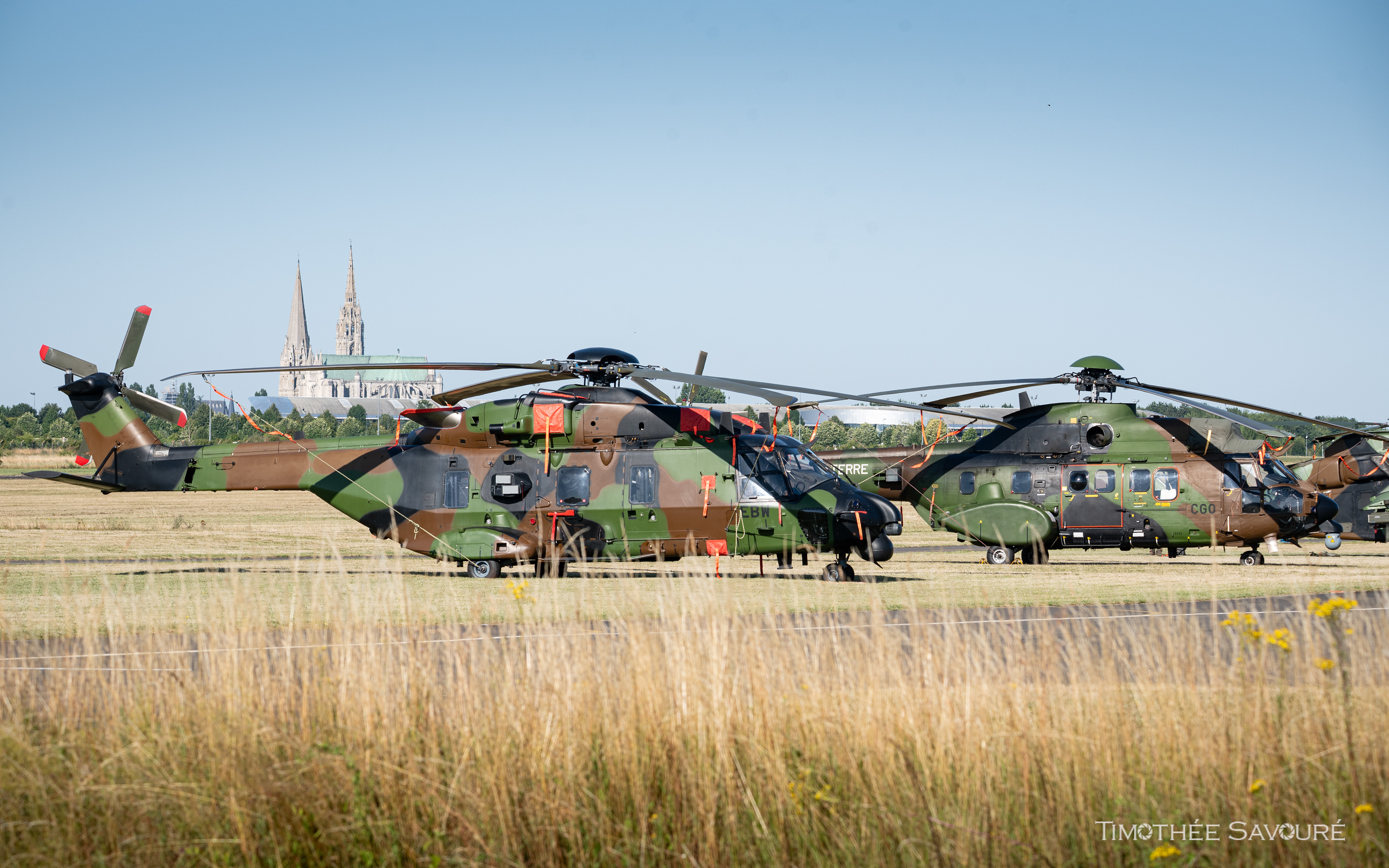
NH-90 and Cougar in Chartres before Bastille Day 2025

Eurocopter EC665 Tigre HAD in Chartres before Bastille Day 2025
Bastille Day, more than just a flypast
Bastille Day is well known for its military parade and flypast, but for the various branches of the French Armed Forces, it’s also an opportunity to showcase their latest equipment, engage with the public, and honor allies as well as personnel who distinguished themselves in operations.
This year, Indonesia was the guest of honor. The guest contingent was composed of the Indonesian Armed Forces, including 88 soldiers from the Army, 86 from the Navy, and 86 from the Air Force. Indonesian military music was also represented, with the 189-piece "Gabundan" drum band. By inviting this detachment to open the July 14, 2025 parade, France highlighted the strength and future prospects of Franco-Indonesian bilateral cooperation, in celebration of the 75th anniversary of diplomatic relations between the two countries. Additionally, President Emmanuel Macron invited his counterpart Prabowo Subianto during a recent state visit to Indonesia. This led to some notable movements at Paris Orly Airport, with several special flights, including Garuda Indonesia A330s, the presidential Boeing 777-300 (PK-GIG), as well as a Boeing 737-300 (PK-GRD) and a Boeing 737-800 (A-7309).
Traditionnally, after the flypast a few helicopters land in the Invalides, to be shown to the public which can visit them and interact with the crews. This year it was no less than 10 helicopters that took part to this impressive static exposition:
- The French Air & Space Force showed an AS555 Fennec from the EH 1/65 Alpilles, an EC725 Caracal from the Escadron 1/67 Pyrénées, as well as a very rarely seen SA330 Puma from the Escadron 1/44 Solenzara, based in Corsica.
- The ALAT was well-represented with the 3RHC showcasing a Gazelle and a NH-90 Caiman, the 1RHC with a EC665 Tigre, and the 5RHC with an AS532 Cougar.
- The French Navy came with a NH-90 Caiman in the naval version and a Dauphin Pedro, specialized in Search & Rescue missions onboard the French aircraft carrier
- The highlight of the show probably came from the DGA (Direction Générale de l'Armement), which showcased their newest helicopter: an Airbus H160 that will be served as a flying test bed for the next years, replacing the fleet of Dauphin helicopters amongst the test branch of the French armies. The helicopter came from Marseille for this event, and will be delivered to the DGA in the next months. It was a real surprise to see that helicopter during this edition of Bastille Day.

Republik Indonesia Boeing 737-300 in Paris Orly | PK-GRD
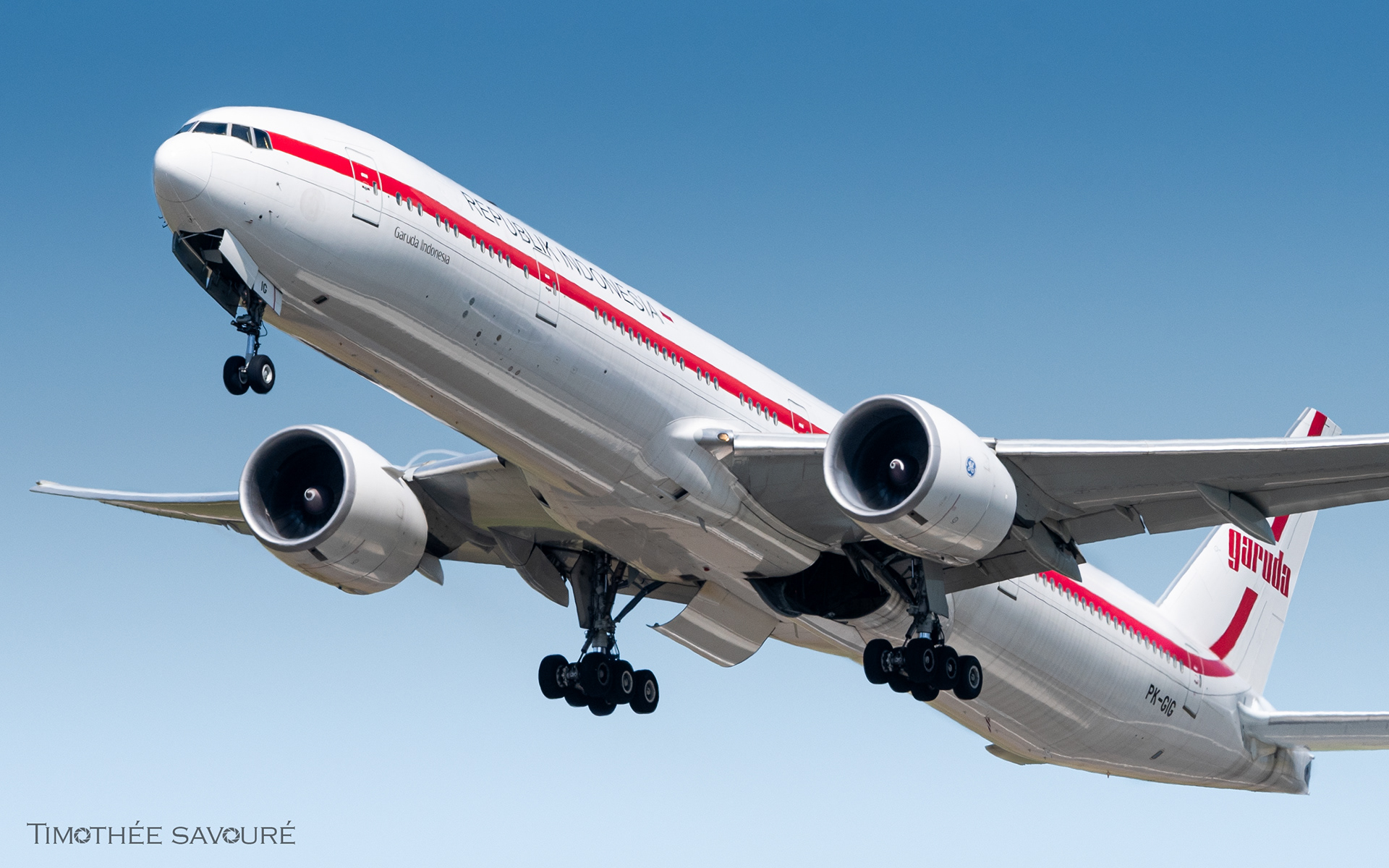
Republik Indonesia Boeing 777-300ER in Amsterdam (archive) | PK-GIG

Indonesian Air Force Boeing 737-800 | A-7309

Armée de l'Air et de l'Espace Eurocopter EC725 Caracal in Paris

3RHC SA342M F-MGEI Gazelle leaving from Paris Invalides

Armée de l'Air et de l'Espace Eurocopter EC725 Caracal leaving the Invalides
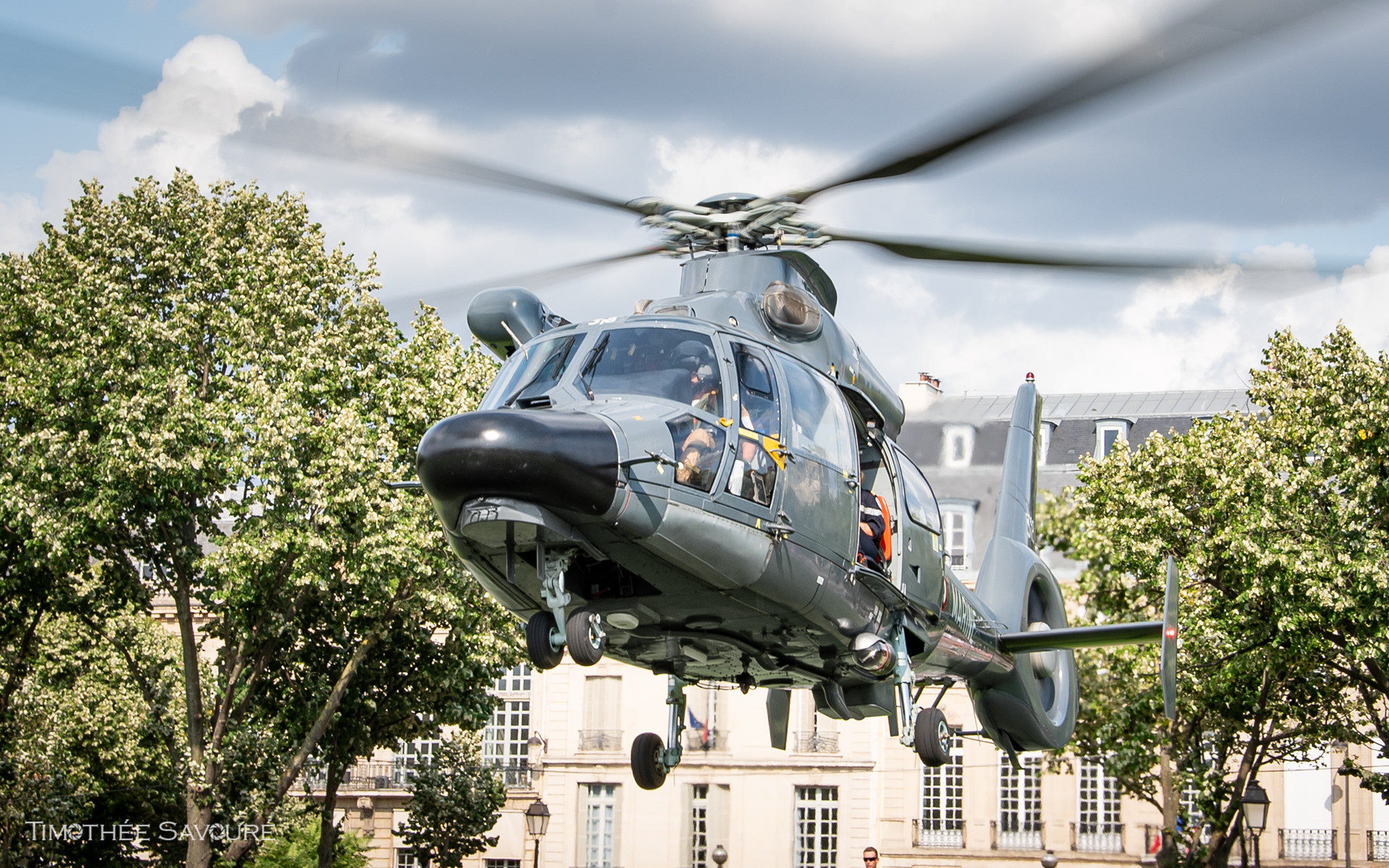
French Navy (Marine Nationale) Eurocopter Dauphin Pedro

3RHC NH-90 Caiman in Invalides
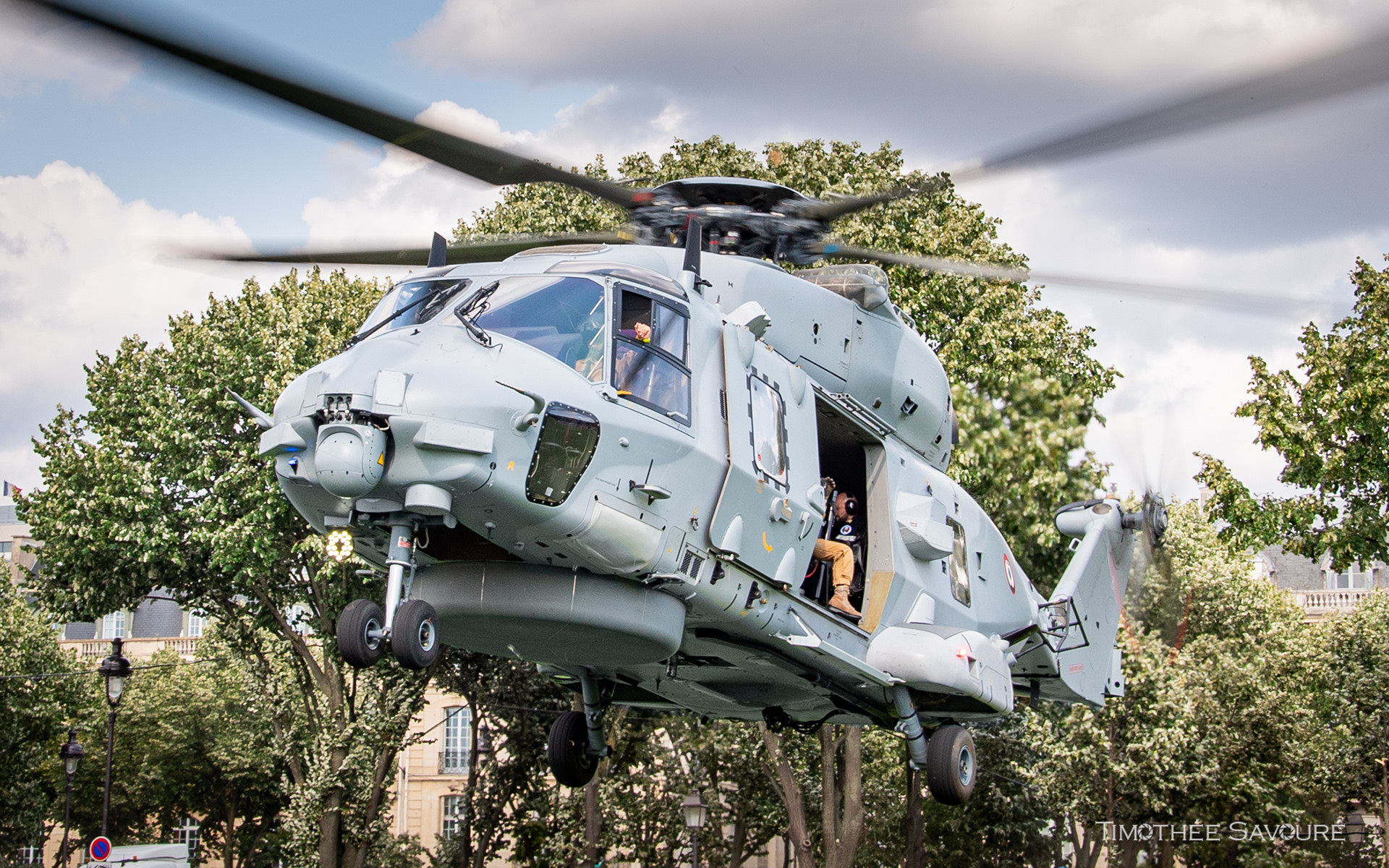
French Navy (Marine Nationale) NH-90 Caiman leaving the Invalides

Armée de l'Air SA330 Puma leaving the Invalides

DGA - Direction Générale de l'Armement Airbus H160 - F-WJXA
Jet Blast Area would like to warmly thank the ALAT and particularly the 3RHC and 5RHC for their availability. Thanks to Capitaine Anne-Sophie, Lieutenant Anne-Gaëlle, and the crews of the Puma and Cougar for their time and their passion.

